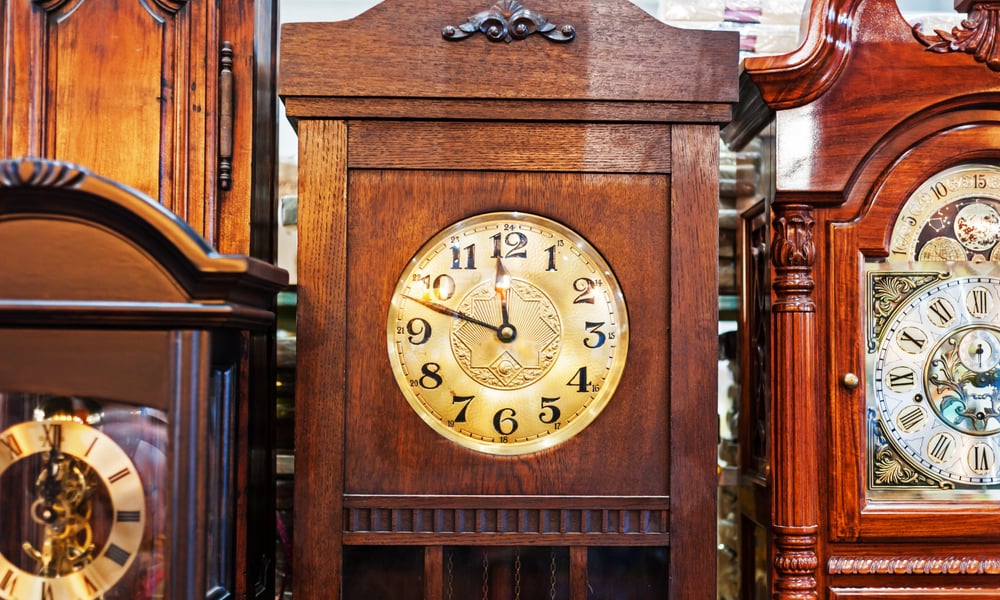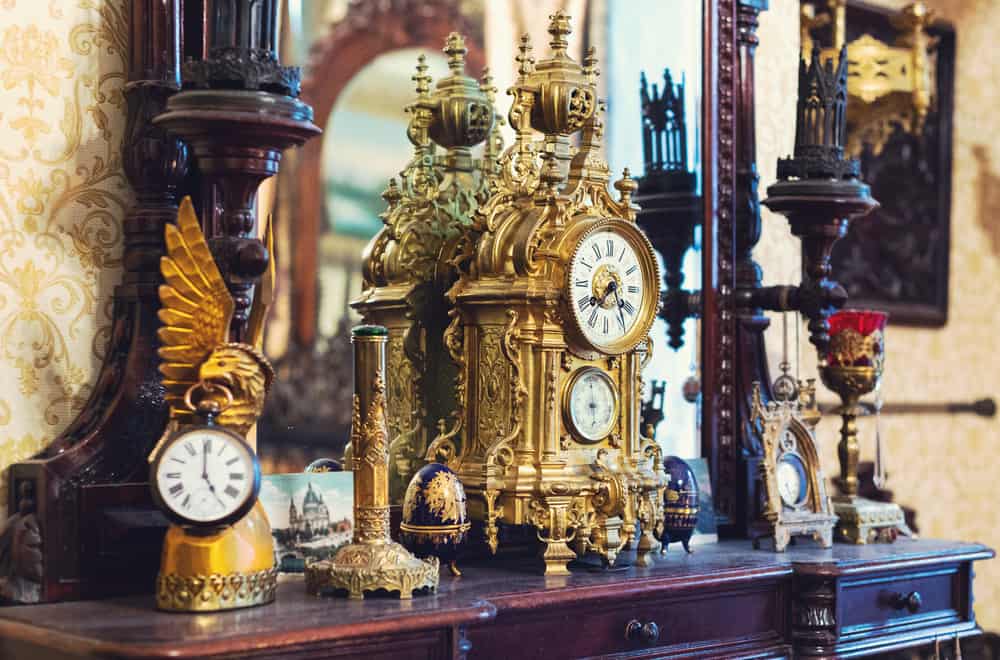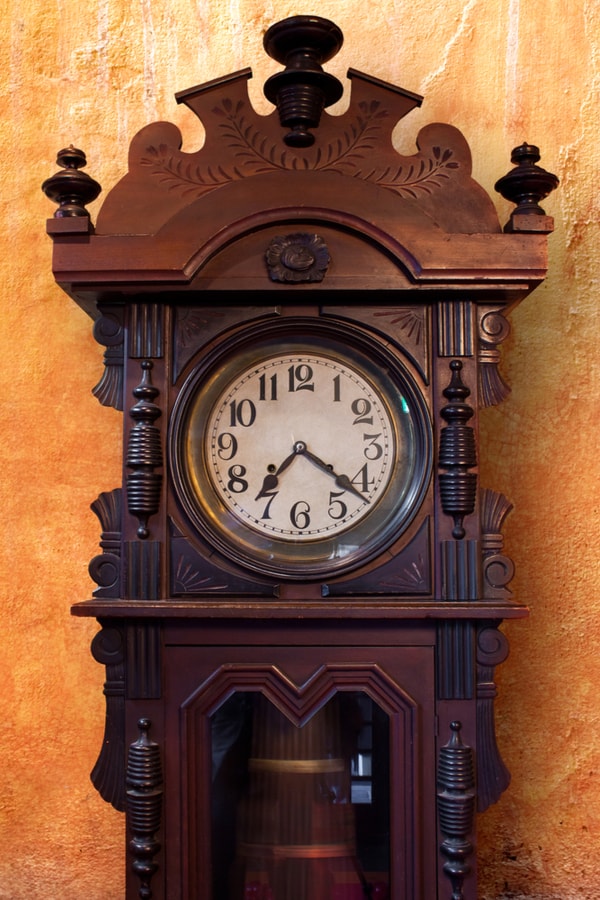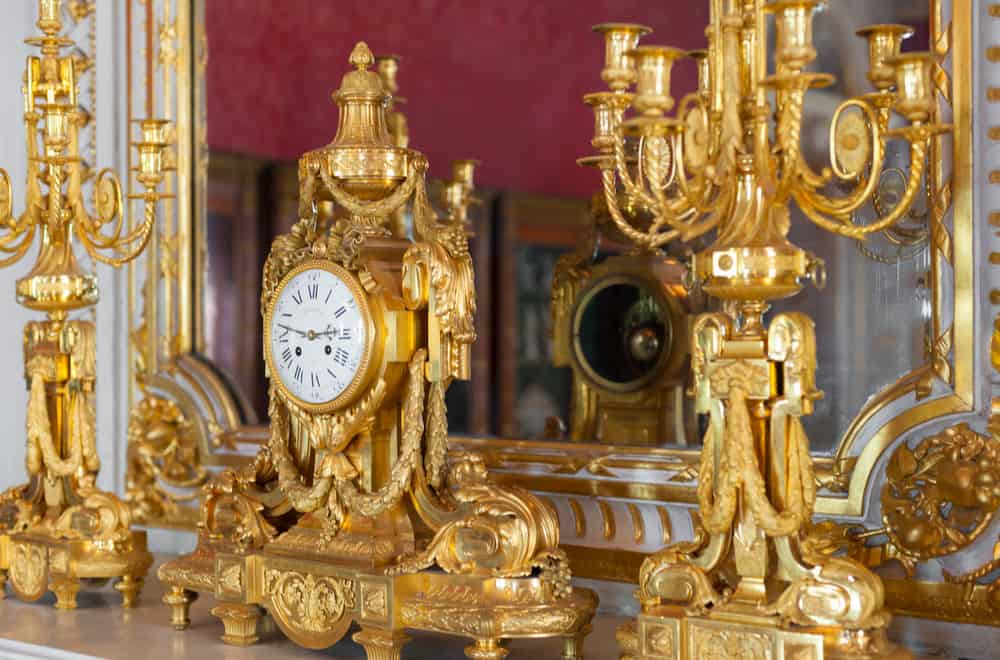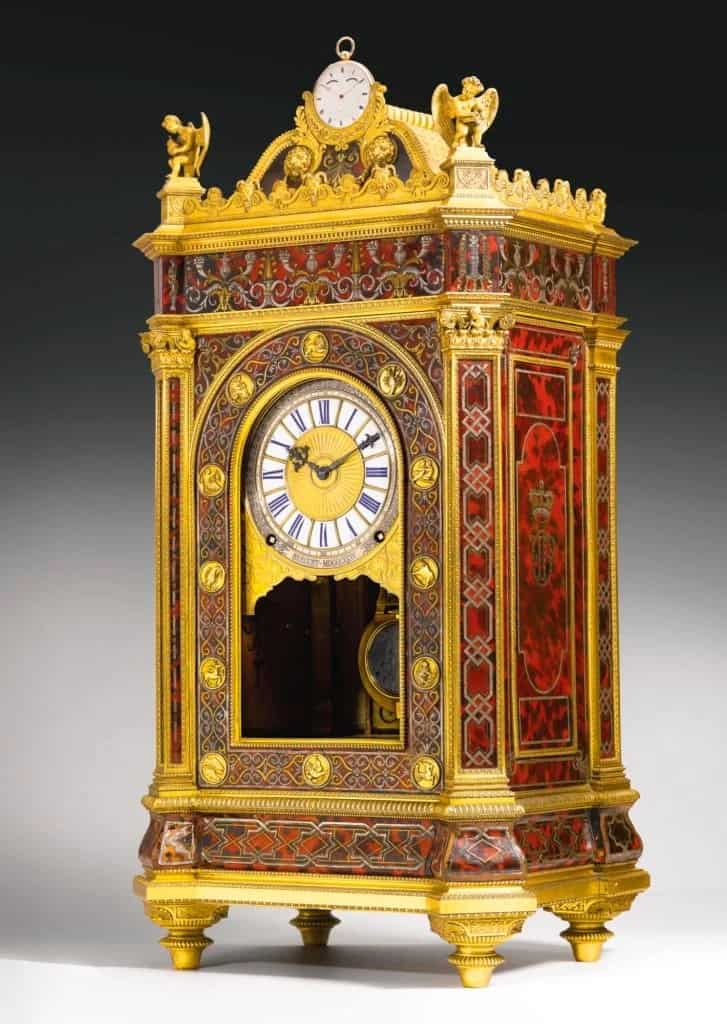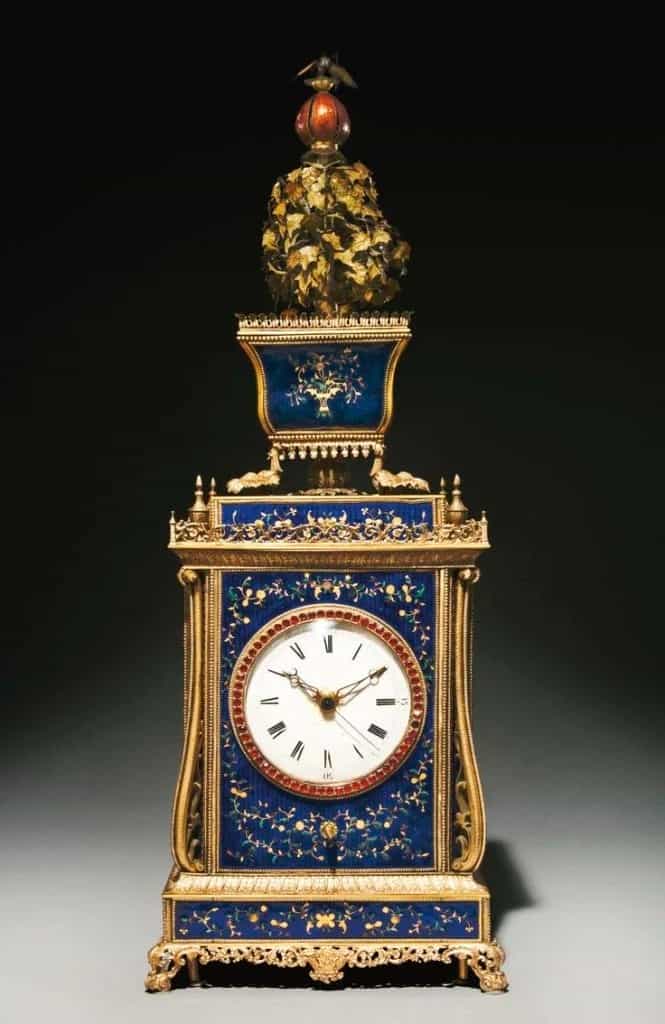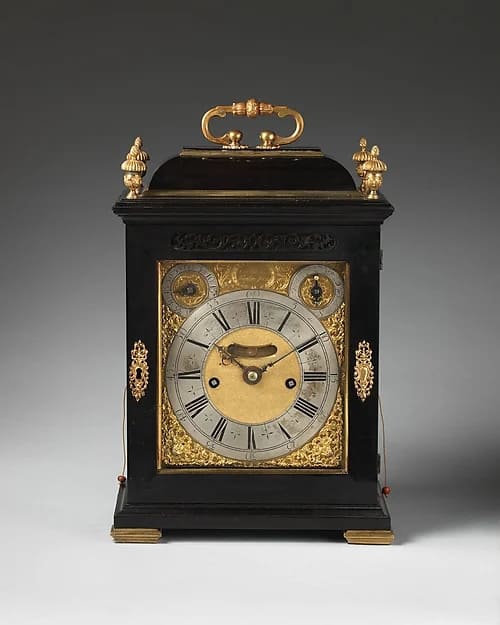I find it strange when someone asks me about antique clocks value. They are priceless if you ask me. However, I understand that it is necessary to determine some price for them, particularly pieces highly sought after on the antique market.
One thing I can tell you. Never estimate antique clocks on your own since you can never know exactly what you have. Some pieces are important to you but often have only emotional value. On the other hand, you may have a real gem in your home. So, be careful and always ask an expert before trading.
Antique Clocks Value
A few factors affect an antique clock’s price. Sometimes you can discover that your piece is worth more than you paid for it, but people often find that they overestimated the clock or overpaid it in the past.
Antique clock value |
|
| Clock type | Price |
| Rosewood grandfather clock | $98,500 |
| Victorian mahogany tall-case clock | $88,500 |
| German renaissance turret clock (17th century) | $78,500 |
| Longcase Charles Howse grandfather clock (18th century) | $19,350 |
| Ithaca floor calendar clock | $17,250 |
| Bronze ancient warrior statue mantel clock | $12,500 |
| French globe clock with chronosphere | $10,080 |
| Imperial Russian silver desk clock (1885) | 9,000 |
| Seth Thomas double-dial calendar clock | $7,200 |
| Japanese lantern clock (mid-19th century) | $3,850 |
| German Art Nouveau grandfather clock (1900) | $3,120 |
| Carter calendar clock | $2,850 |
| Ithaca parlor calendar clock | $2,000 |
| French gilt-bronze portico clock (19th century) | $1,390 |
| French Cartel desk clock (19th century) | $1,115 |
| Jaeger wooden temple-mounted quartz clock | $800 |
| German Junghans wall clock | $740 |
| French mantel clock dolphin | $700 |
| German Junghans wall clock | $680 |
| Belgian Boch Delft blue-white lion heads clock | $600 |
| German Junghans wall clock | $455 |
| German regulator wall clock | $400 |
| German grandfather clock | $325 |
| Black Starr & Frost brass carriage clock | $190 |
| Art Deco ballerina mantle clock | $180 |
| Jerome & Co. cottage clock (1870) | $70 |
| Restored Welch De Murska mantel clock (1889) | $70 |
| American Wringer Co. Victorian mantel clock | $50 |
| Wind Up Cadence wall clock | $50 |
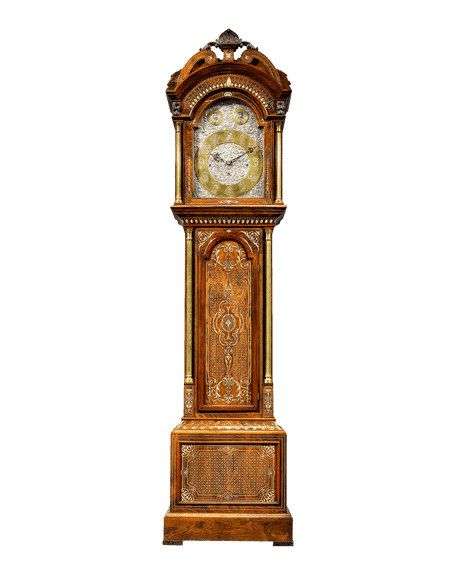
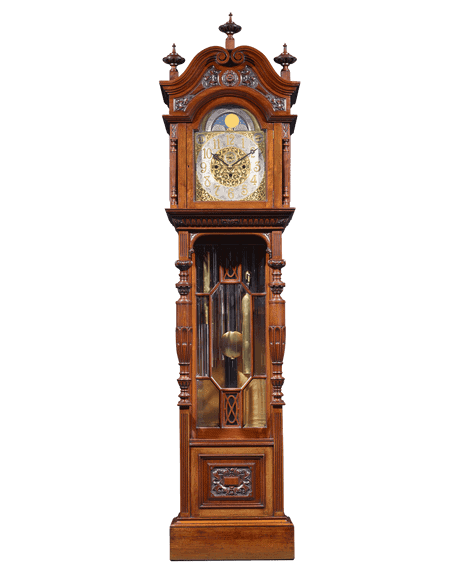
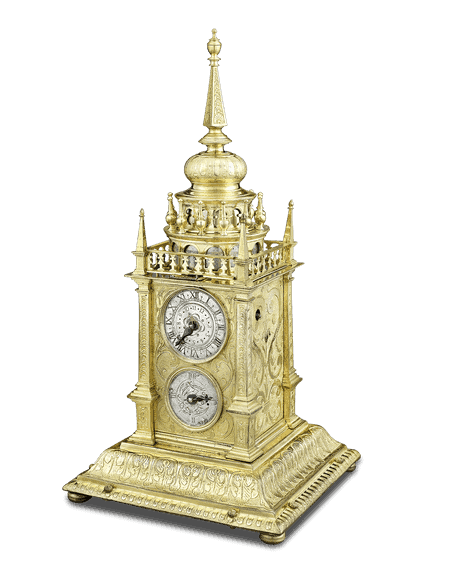

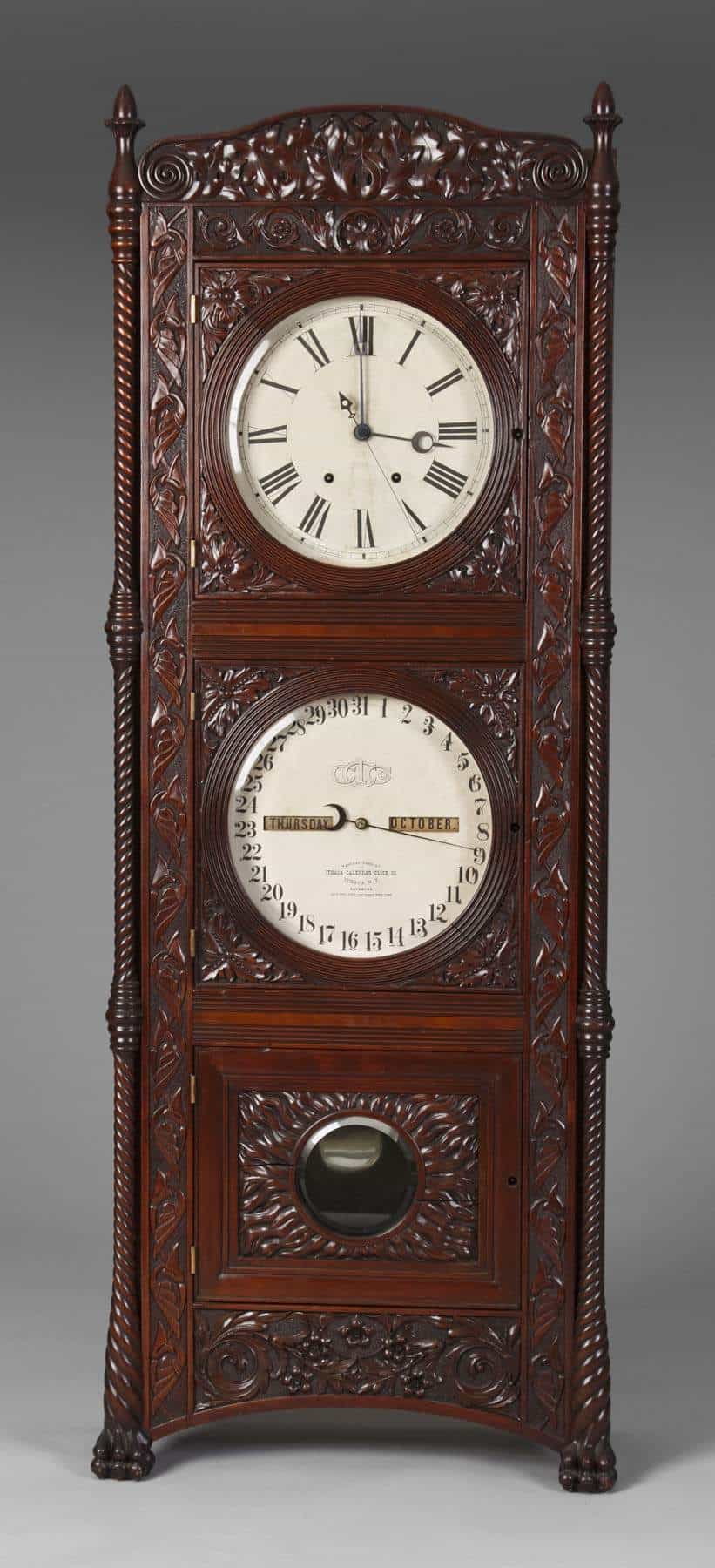
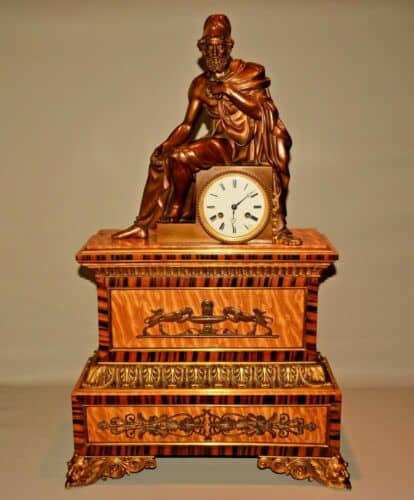
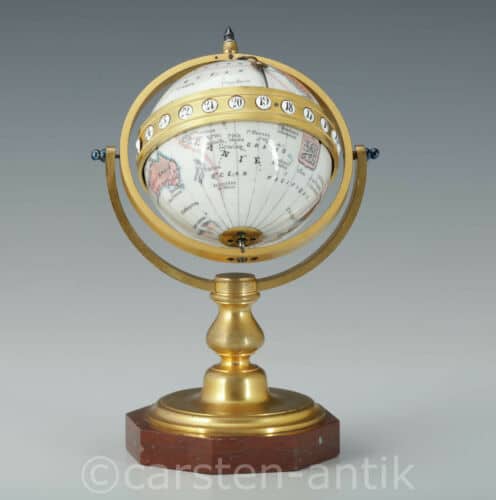
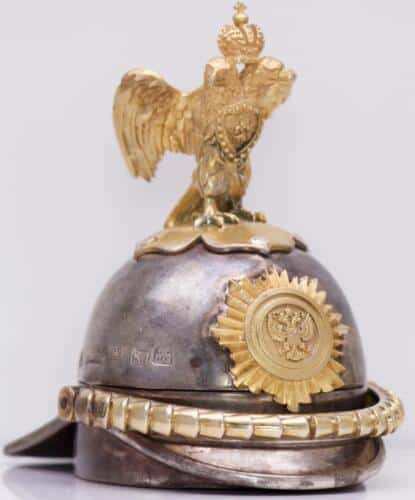
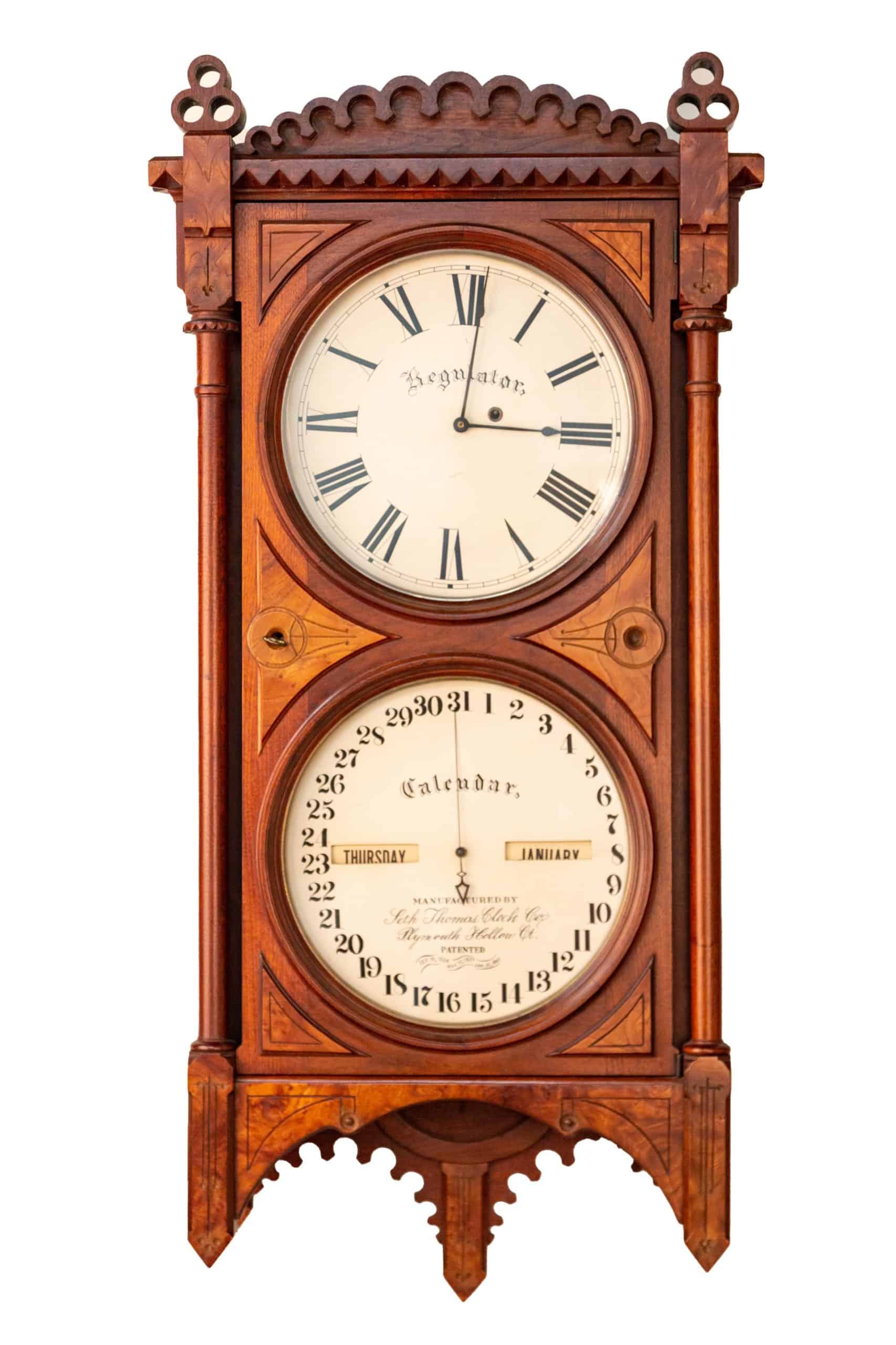
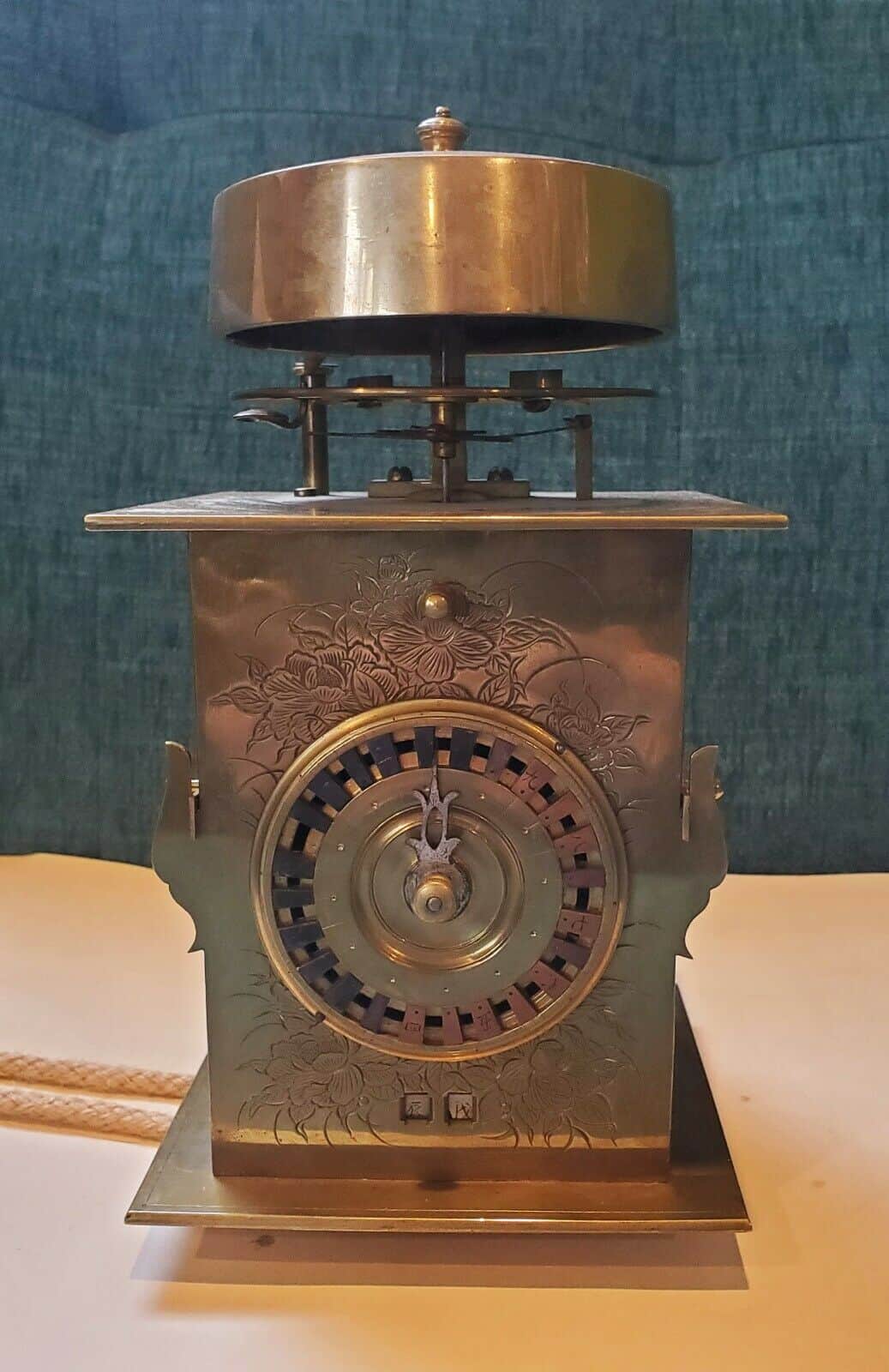
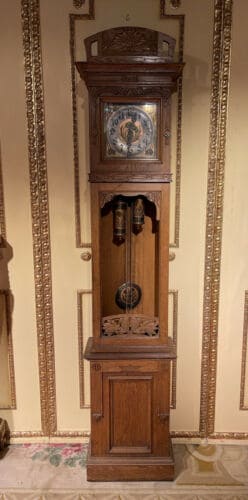
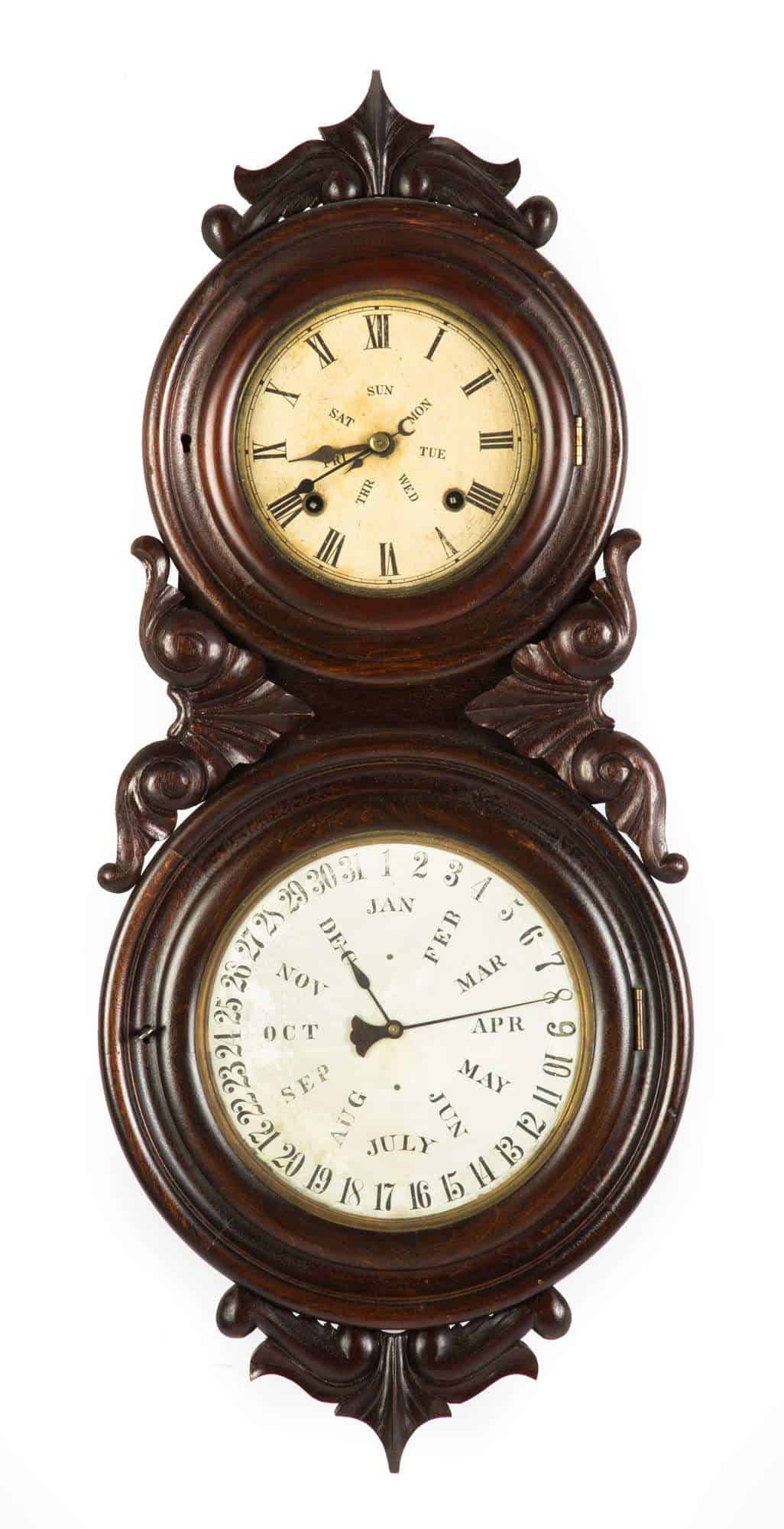
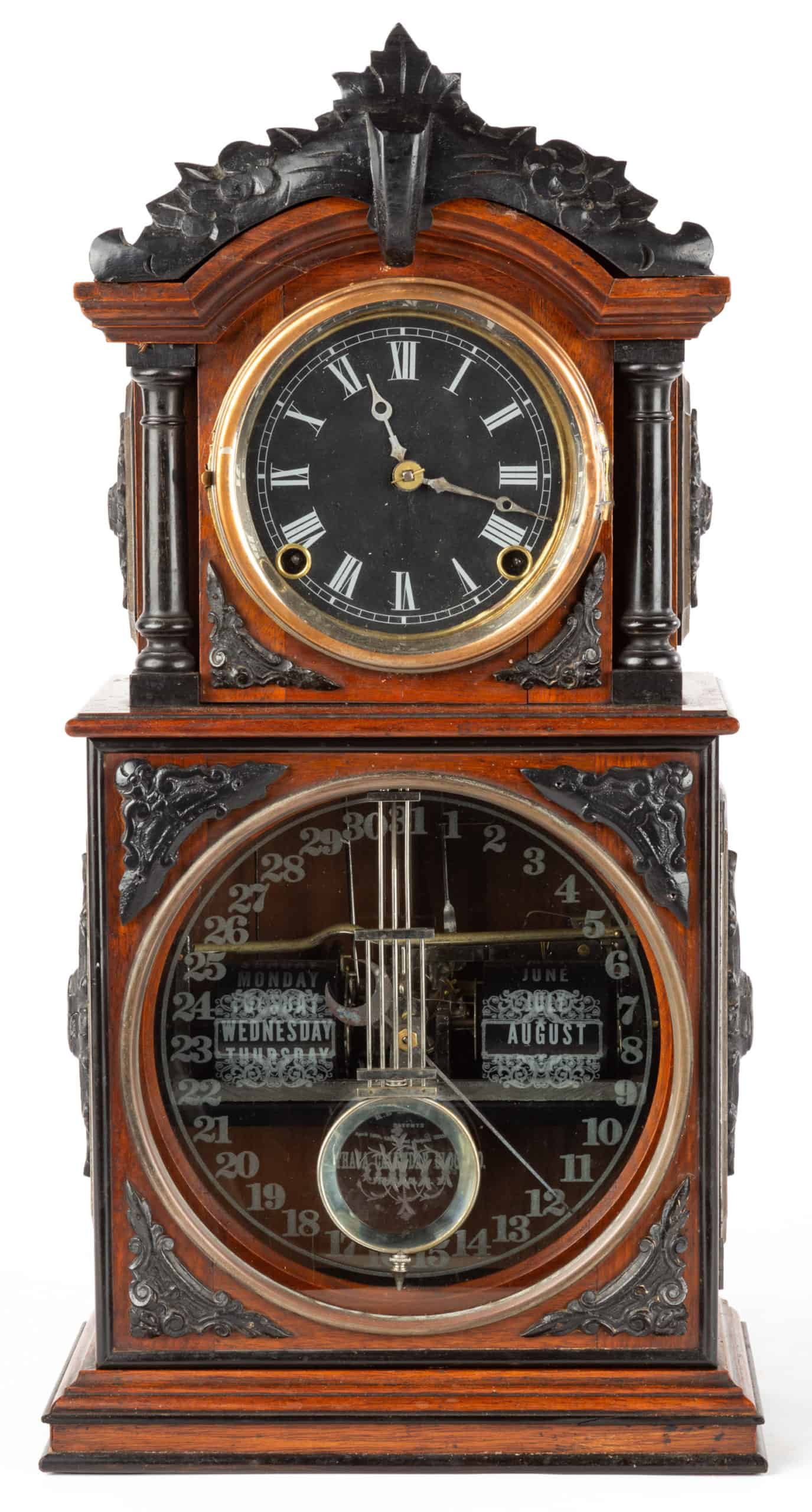
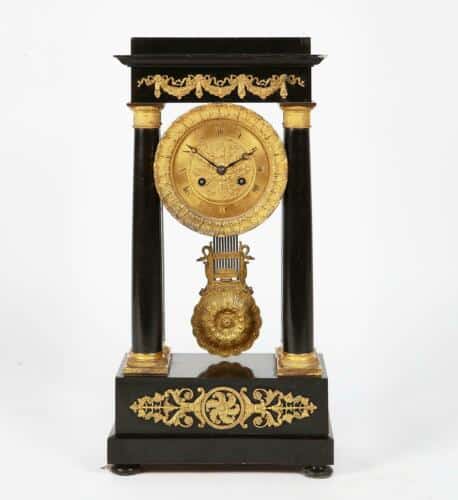
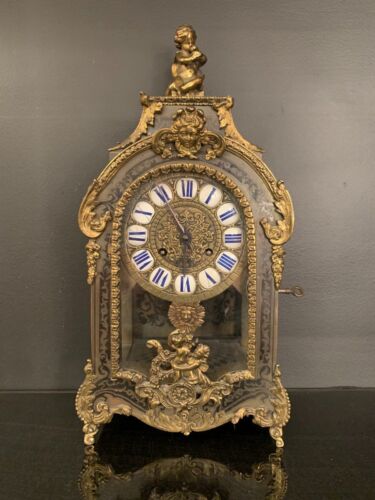
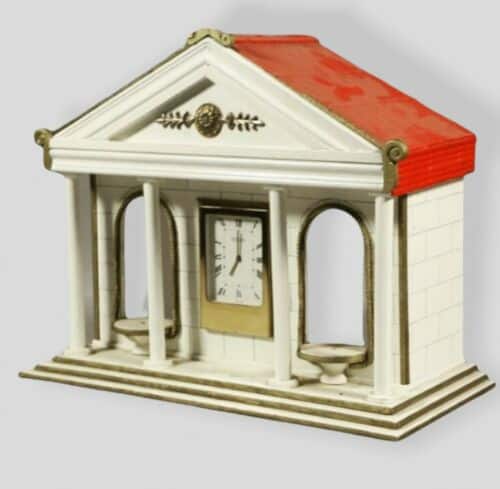
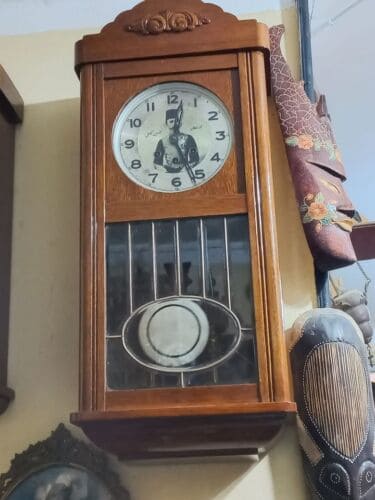
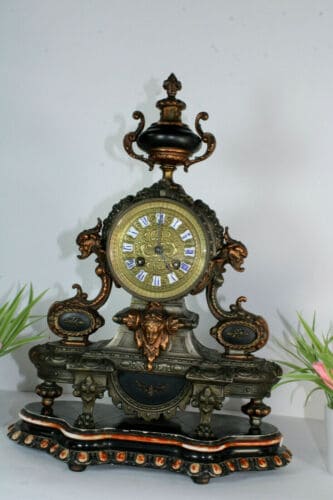
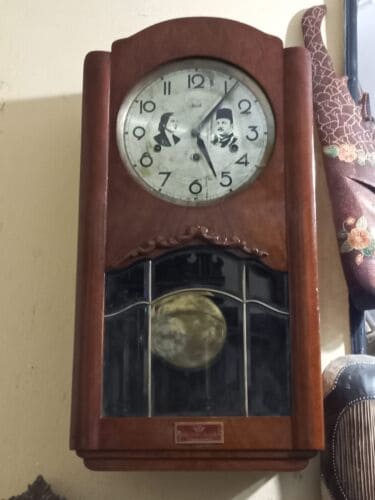
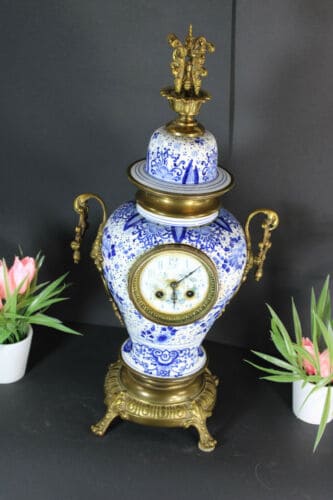
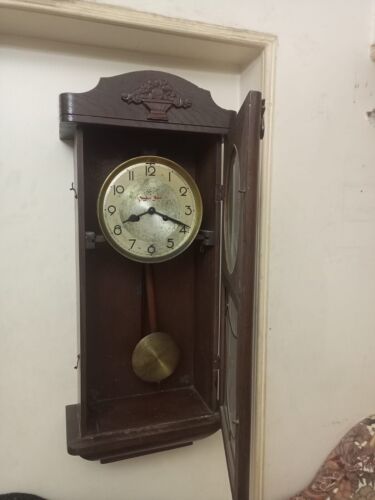
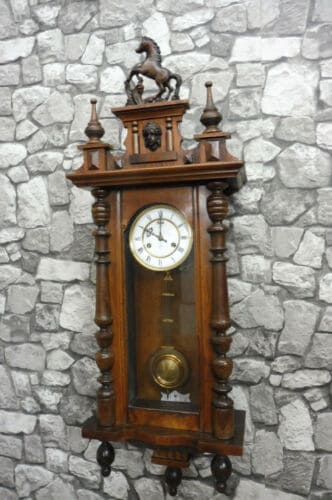
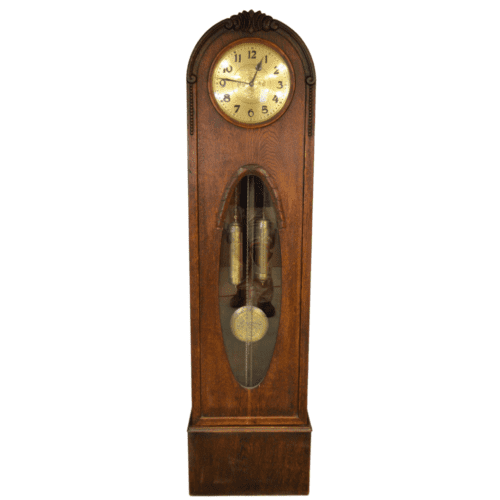
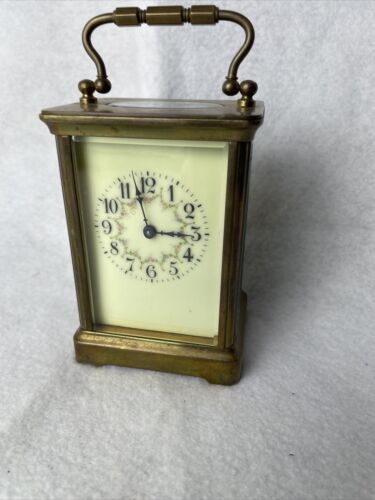
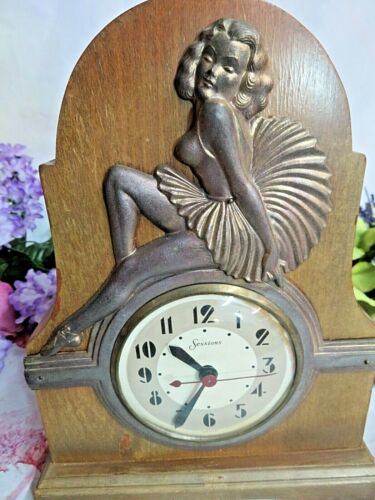
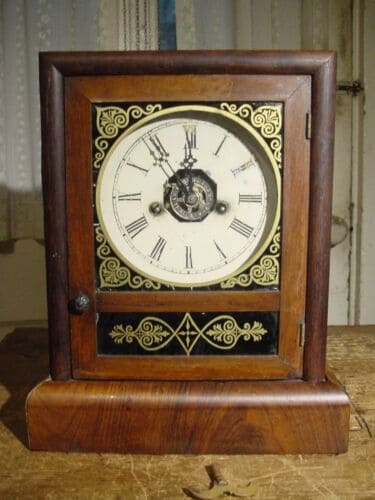
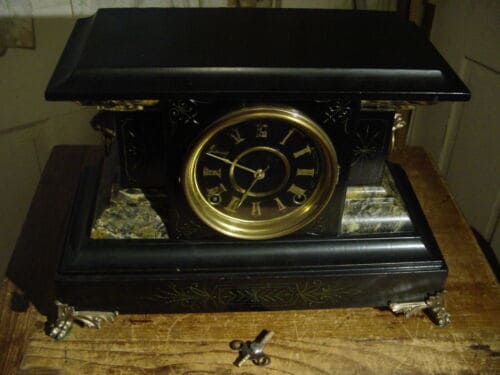
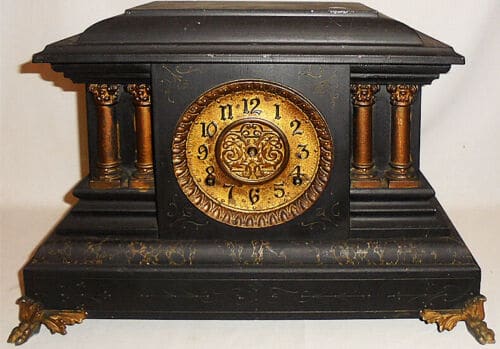
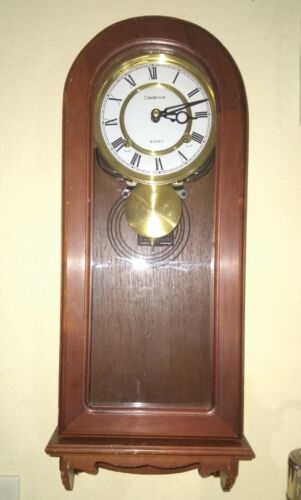
That is why the proper estimation is crucial. Believe it or not, a century-old clock can be worth $200 or $20,000, depending on numerous factors. Therefore, it is wise to ask an expert for professional expertise.
Be aware that even the best assessment doesn’t mean quick selling. Sometimes pricey clock appears on the market when no buyers are interested in a particular clock’s price range. On the other hand, selling one for a large sum of money at an auction on a good day is possible.
Let’s see the vital features you should consider before purchasing or selling an antique clock.
Clock type, style, and category
The first step is correctly identifying the clock type and checking for a label with all necessary information. Be prepared that a piece without basic details is always worth less. The most common clock types are:
- Antique mantel clock
- Antique atmos clock
- Antique wall clock
- Antique cuckoo clock
- Antique pendulum clock
- Antique bracket clock
- Antique longcase clock
- Antique lantern clock
- Antique kitchen clock
- Antique deck clock
- Antique deck kitchen clock
- Antique carriage clock
- Antique advertising clock
- Antique skeleton clock
- Antique 24-hour clock
- Antique alarm clock
- Antique Art Deco clock
- Antique anniversary clock
Additionally, it is advantageous to find evidence of decorative carvings and hand-cut pieces that prove the clock was hand-made. As you can expect, the ornate cuckoo clock will always be more expensive and collectible than mass-produced pieces for kitchen or advertising.
You should be aware that some clocks, like ornate German or French models and English bracket clocks from the 18th century, are timeless. Collectors still look for them, keeping their value constant.
On the other hand, two centuries grandfather or tall-case clocks are relatively inexpensive because of their size. Only a few collectors have homes spacious enough for placing these giants. Finally, mantel clocks are less expensive than wall clocks on the current market because of the high offer.
Age
Antique clocks are at least a century old and manufactured before 1920. In most cases, you will get more money for an older piece if it is in excellent condition.
The quickest way to determine the production year is to find a label, but you can also compare its photo with models available on sales sites. If you are unsure, it is recommendable to ask a professional for a precise evaluation.
The goal is to avoid buying a beautiful but worthless wall clock reproduction instead of the real thing. However, be aware that clock type is vital, and thousands of kitchen clocks designed from 1885 to 1915 are without significant value despite their age.
Condition
The rule of thumb is that a clock in working condition is worth more than a broken one with missing parts. Collectors always look for a piece in excellent overall shape and a beautiful appearance.
In most cases, only serious clock collectors and investors have enough money for expensive antique clocks, particularly sizable ones. Therefore, you can count on them to buy a high-quality device in premium condition, but their criteria are precise.
You can roughly divide antique clocks into one of three categories:
- Mint condition – Such a clock is perfect like at the time of manufacture with added desirable patina. It is without traces of wear, reparation, or damage.
- Excellent condition – Clocks in this group have minor flaws or were professionally repaired.
- Good condition – You can notice discolorations, chips, gouges, cracks, or traces of repair on this clock, decreasing its value. It can also come with missing parts or broken dials, springs, hands, or figurines on the cuckoo.
Remember that even ordinary clocks in mint condition can cost more than those with damage or flaws. If you have an antique piece, be aware that any painting and unprofessional repairs will decrease its value.
Rarity
You can find clocks that are rare thanks to different characteristics:
- It is rare because only a few were made
- It is scarce despite the high survived number but is rarely available on the market because owners hesitate to sell them
On the other hand, some over century-old parlor clocks are virtually worthless because the market is flooded with them. Things are completely reversed when it comes to authentic Black Forest cuckoo clocks. Collectors actively seek after them, making this model pricey.
Authenticity
Only authentic antique clocks are expensive. Reproductions made during the last century are cheap despite their beauty and mechanism precision.
Be aware that antique clocks lose their value if original parts are missing. Plus, devices with imitation instead of real bronze parts are typically cheap.
Manufacturer reputation
As you can guess, the most valuable are clocks made by famous, reputable, and skillful professionals. You will effortlessly estimate the clock value if you recognize the manufacturer’s name.
Be careful with little-known manufacturers. Some were ultimate craft makers but are no longer in business. However, dedicated collectors will probably know all top-notch clock makers, even though they are unknown to people unfamiliar with antique clocks.
On the other hand, you will be disappointed if your clock is from Sperry and Shaw workshop. They were not clock-makers but dishonest retailers, and collectors avoided these pieces despite their age and quality.
Label or signature
Professionals can determine a clock-maker and confirm the device’s authenticity even when the marking falls off. However, a clock without a marking will be less expensive than the same model with a saved label.
Likewise, an antique clock with the manufacturer’s signature will bring you more money than a similar but unnamed piece.
Even though this detail is basically insignificant, the clock with a preserved mark or signature will reach a considerably higher price. There is no particular reason for it except that collectors like it that way.
Restoration level
Many people believe that restoration is an excellent thing to do. The truth is that professionally restored clocks look astonishing, but most collectors disagree.
In most cases, an unrestored but well-preserved clock with original parts can be more pricey than a fully renewed piece. If you plan to sell your antique clock, it is better to leave it in its current state. Otherwise, restoration can be wasting your money.
Provenance and historical significance
Once you determine the clock type, it is wise to check for any possible historical significance this particular piece has. A clock with a story about previous owners or proof that it was in the room during some important event will significantly increase its price.
Unfortunately, your story is valuable only if a buyer finds it awesome, and such a clock won’t be attractive to every collector. On the other hand, collectors always look for pieces with a distinguished provenance and record of ownership.
For instance, the BREGUET SYMPATHIQUE clock is the most expensive antique clock that appeared at auction. It is valuable like every other similar device, but the owner increases the price.
Collectability
Besides rarity, age, and condition, clocks’ collectability can be an essential factor when estimating the price. This feature can be tricky since it is often connected with a region or state.
For instance, collectors typically appreciate English antique clocks, but only a specific group will look for Canadian models. Even though some pieces can be pricey in Canada, they are significantly cheaper in other countries, except for models made by famous makers.
Aesthetics
Keep in mind that collectors consider two aesthetic factors about clocks such as their type and overall appearance. The price is always higher for models:
- With many details, particularly unique ones
- Added components
- Made of the supreme materials
- With extra carving done around the outer wooden edges
- With an included image
Proofs that the clock is hand-made
A sure way to recognize a hand-made piece is the presence of irregularities. Only mass-produced pieces are perfect, while those made by hand always have imperfect curves and asymmetrical parts. As expected, these pieces are always more valuable than those with ideal proportions.
Mechanical complexity
A mechanically complex clock will be more costly than a less complicated model. However, it needs to be in working condition to reach its full price.
The gear and plate movements need to be without errors or harsh motions. The grandfather clocks come with a brass or steel pendulum that needs to move in a consistent motion. The improper movement will decrease the clock value.
Finally, you should always check both dial’s sides since this part is crucial for adequate clock operation and appearance. These things are important to every collector.
Clock market unpredictability
Many people underestimate market unpredictability when determining their clocks’ value. In most cases, it is impossible to decide on the exact clock price in the long run.
It will depend on the watch’s features currently desirable for collectors and economic situations in the country. In other words, the higher the demand for a model, the more expensive it will be and vice versa.
The Most Expensive Antique Clocks
Collectors adore fascinating antique clocks, particularly rare ones. Unlike mass-produced pieces everyone had, some are unique, highly collectible, and can be worth millions of dollars nowadays.
The most expensive antique clocks |
||
| Year | Clock type | Price |
| 1795 | Sympathique clock | $6,800,000 |
| 1736 to 1795 | Chinese Ormolu clock | $4,000,000 |
| 1693 | Thomas Tompion Clock | $2,000,000 |
Sympathique clock (Duc d’Orleans Breguet)
This clock was precious as soon as it was created of red tortoiseshell in 1835. However, no one could expect its value to reach an impressive $6,800,000 at auction.
Chinese Ormolu clock
This complicated clock was designed from engraved ormolu and copper from 1736 to 1795. One collector paid $4,000,000 for this multi-functioning piece with automata and music.
Thomas Tompion clock
Thomas Tompion was a famous English clock-maker who designed 650 clocks during his career. However, he only manufactured three of these clocks made of tortoiseshell and gilt brass in 1693. It was sold for $2,000,000 at auction in 1999.
Summary
Antique clocks are desirable and highly collectible pieces on the current antique market. Be particularly careful when determining their value since it depends on numerous factors.
The best options are to ask a professional or check an antique clock price guide for crucial details and photos. Remember that quality antique clocks are an excellent financial investment, so having one can be a far-sighted business decision.
